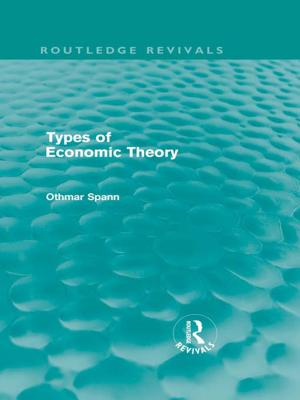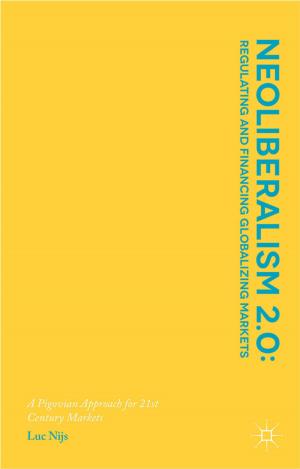Mao's Long March
An Epic of Human Courage
Nonfiction, Social & Cultural Studies, Political Science, Government, Communism & Socialism, History, Asian, China, Politics, History & Theory| Author: | I. G. Edmonds | ISBN: | 1230002401515 |
| Publisher: | Philadelphia : Macrae Smith Co. | Publication: | June 29, 2018 |
| Imprint: | Language: | English |
| Author: | I. G. Edmonds |
| ISBN: | 1230002401515 |
| Publisher: | Philadelphia : Macrae Smith Co. |
| Publication: | June 29, 2018 |
| Imprint: | |
| Language: | English |
The Long March (October 1934 – October 1935) was a military retreat undertaken by the Red Army of the Communist Party of China, the forerunner of the People's Liberation Army, to evade the pursuit of the Kuomintang (KMT or Chinese Nationalist Party) army. There was not one Long March, but a series of marches, as various Communist armies in the south escaped to the north and west. The best known is the march from Jiangxi province which began in October 1934. The First Front Army of the Chinese Soviet Republic, led by an inexperienced military commission, was on the brink of annihilation by Generalissimo Chiang Kai-shek's troops in their stronghold in Jiangxi province. The Communists, under the eventual command of Mao Zedong and Zhou Enlai, escaped in a circling retreat to the west and north, which reportedly traversed over 9,000 kilometers (5600 miles) over 370 days. The route passed through some of the most difficult terrain of western China by traveling west, then north, to Shaanxi.
The Long March began Mao Zedong's ascent to power, whose leadership during the retreat gained him the support of the members of the party. The bitter struggles of the Long March, which was completed by only about one-tenth of the force that left Jiangxi, would come to represent a significant episode in the history of the Communist Party of China, and would seal the personal prestige of Mao Zedong and his supporters as the new leaders of the party in the following decades.
The Long March (October 1934 – October 1935) was a military retreat undertaken by the Red Army of the Communist Party of China, the forerunner of the People's Liberation Army, to evade the pursuit of the Kuomintang (KMT or Chinese Nationalist Party) army. There was not one Long March, but a series of marches, as various Communist armies in the south escaped to the north and west. The best known is the march from Jiangxi province which began in October 1934. The First Front Army of the Chinese Soviet Republic, led by an inexperienced military commission, was on the brink of annihilation by Generalissimo Chiang Kai-shek's troops in their stronghold in Jiangxi province. The Communists, under the eventual command of Mao Zedong and Zhou Enlai, escaped in a circling retreat to the west and north, which reportedly traversed over 9,000 kilometers (5600 miles) over 370 days. The route passed through some of the most difficult terrain of western China by traveling west, then north, to Shaanxi.
The Long March began Mao Zedong's ascent to power, whose leadership during the retreat gained him the support of the members of the party. The bitter struggles of the Long March, which was completed by only about one-tenth of the force that left Jiangxi, would come to represent a significant episode in the history of the Communist Party of China, and would seal the personal prestige of Mao Zedong and his supporters as the new leaders of the party in the following decades.















